8 Must-Have Tools
Assembling a basic toolbox is the first step in any DIY project. Learn what basic tools you must have and some simple maintenance tips.
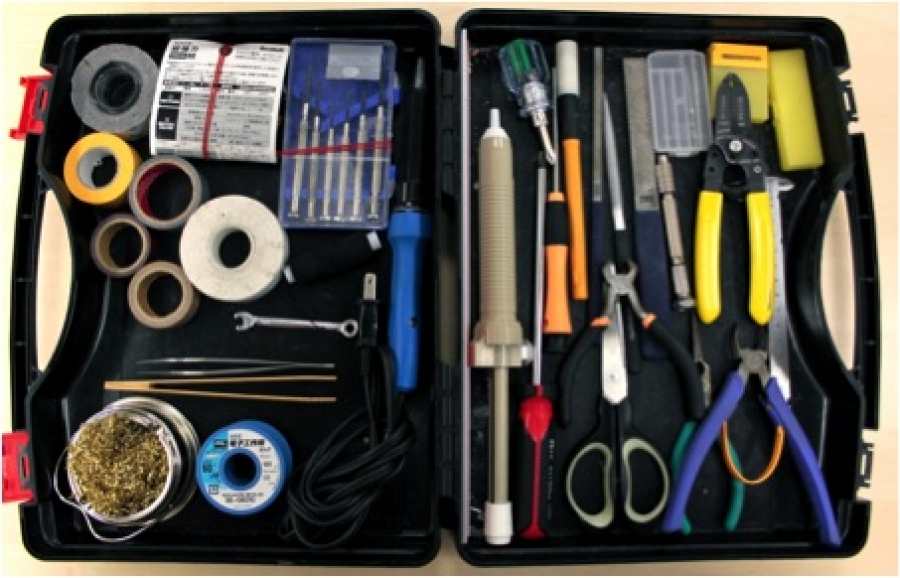
If youíre going to compile a quality tool collection to carry out DIY tasks at home, you need a suitable place to store it. A toolbox will not only protect your tools but also will allow you to instantly locate them: in a burst-pipe-type emergency, when you need access to your wrench five minutes ago, youíll know exactly where to find it.
The next stage is filling your shiny new toolbox with the essential tools for maintaining a well run and organized household. Everything from major home improvements to assembling flat pack furniture to hanging a picture requires the use of tools.
So, if youíre a new homeowner or you just donít have the first clue about the type of tools you need for an effective do-it-yourself arsenal, read on to find out the eight tools youíll soon find you canít do without.
Screwdrivers

Probably the most essential tool on the list is a screwdriver. Every household needs a decent set of screwdrivers that includes various sizes of both the flat and Phillips (cross) head variety. When making your purchase, choose screwdrivers that include comfortable grips and magnetic tips that ease the stress of screwing and unscrewing.
Caring for your tool: After persistent use, the tips of your screwdrivers will invariably become worn, making them harder to use. Your first reaction shouldnít be to throw them away; to prolong their use, file the tip so that the sides that make contact with the screw are parallel, sharp, and square-edged once more.
Claw hammer

No toolbox is complete without a claw hammer. This is the perfect tool for driving in nails, whilst the clawed end will allow you to pull out all nails you have bent through overzealous hammering.
They come in a huge range of sizes; however, one that is 16 ounces in weight and 16Ē in length will have more than enough power for most jobs. User-friendly claw hammers come with a steel head and a rubber or plastic handle that is optimized for shock absorption. Upon purchase you should also consider the face of the hammerís head; a serrated face, for instance, will help to prevent glancing blows (and broken thumbs!) as the serrations grip the hammerís head to the nail.
Caring for your tool: To maintain your hammer, you should regularly clean its head, as grit and debris that becomes engrained in the headís surface can cause nails to bend under the hammerís force more frequently. To do this, you can gently apply sandpaper or wire wool where required. Also, if your hammerís claws need to be restored, you can smooth the edges with a flat metal file.
Electric drill
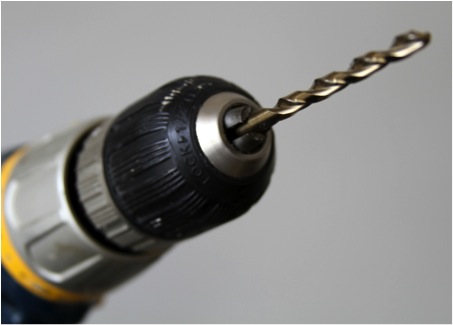
An electric drill is used to create holes and drive screws when a screwdriver is no longer suitable. A cordless electric drill is easier to use anywhere, because you wonít be limited by the length of your extension lead (extension cord) to plug it into the nearest socket, but a cordless drill will be more expensive. With the addition of different drill bits, you can use your electric drill to carry out a range of jobs, including sanding, grinding metal, and stirring paint.
Caring for your tool: If you do plump for a cordless drill, the best way of looking after it is to maintain a well charged battery. Using a cordless drill that is low on battery life will put more stress on the motor and, in turn, shorten its life. Also, be sure to store your electric drill in a cool, dry place (such as your toolbox) to protect its sensitive electronic and mechanical components.
Wrench

Used to tighten or loosen hexagonal nuts, a wrench is crucial for dealing with basic plumbing jobs such as a dripping tap, a clogged sink, or a sticky radiator valve. If you buy only one wrench, it should feature an adjustable thumb wheel, so you can widen and narrow the wrench according to the size of the nut.
Caring for your tool: When using the wrench you should always aim to pull, rather than push, to ensure that you never rasp your knuckles should the wrench slip. If you encounter a stubborn nut that no amount of elbow grease will shift, you should never hit the wrench with a hammer to exert more force, as this is the quickest way to damage your wrench beyond repair.
Tape Measure
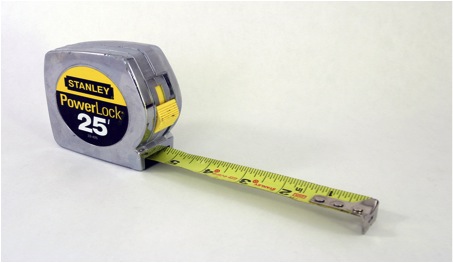
When it comes to judging size and measurements, your best guess just isnít going to cut it. A tape measure will allow you to take exact measurements, which is very useful for figuring out where your furniture will fit within a room, for example. You donít want to splurge on a new desk or sofa only to find itís an inch too big for the space youíve got!
Tape measures come available in varying widths Ė from 1/2Ē to 1Ē Ė with the wider widths being easier to support with one hand. For the vast majority of jobs, a tape measure that is 3/4Ē wide and 16í long will suffice. Go for a proper DIY tape measure (not a sewing one) with enough rigidity to stay straight so you can measure long distances on your own.
Caring for your tool: To maintain the quality of your tape measure, you should never let the blade (the part that extends and allows you to measure) retract on its own. The spring that causes the blade to recoil has enough tension within it to snap the blade in half, so you should always use your second hand to ease the blade back into its casing. Also, if your blade gets dirty or wet, be sure to give it a cleaning so that it does not get rusty.
Utility knife

A utility blade is excellent for opening packages, scraping paint, and trimming the edges of a frayed carpet (and using a knife designed for such tasks is much safer than using a kitchen knife). To be extra safe, buy a utility knife that includes in-built storage and a rubber handle for extra comfort.
If you spend the extra on getting a utility knife with replaceable blades, in theory it will be a one-time purchase and save money in the long term.
Caring for your tool: By extending the retractable blade just enough for the job at hand and by not exerting excessive force, you will not only remain safe but also protect the blade from snapping, prolonging its use.
Wire cutter stripper
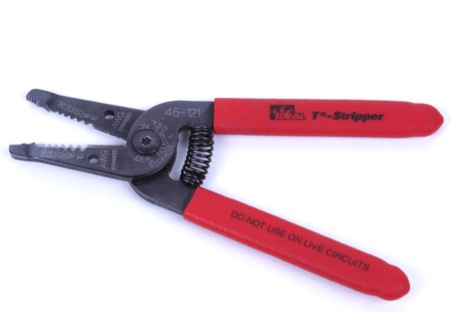
If you have to replace a plug for a household appliance you will need a pair of wire cutters. A decent pair will include a blade for cutting wire and notches for scoring the plastic insulation around wire, so that it can be removed to reveal the metal wire underneath.
Caring for your tool: Depending on how much you use them, your wire cuttersí blades will eventually become dull and youíll find it more difficult to use them. You can sharpen them again gently with a fine metal file, but go easy Ė if you remove too much surface area from the blades they wonít be able to close all the way and ergo wonít do any cutting.
Electrical tester
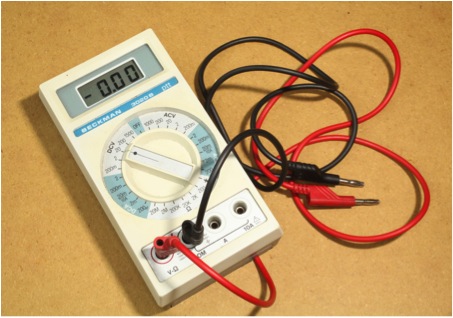
If you are going to do any electrical work more complex than wiring a plug, you will need an electrical tester in order to ensure your safety.
Electrical testers can detect an electrical presence within a circuit and are essential for preventing you from getting an electric shock. You can pick up a multi-purpose tool relatively cheaply; however, a whole range of testers and tools are designed to perform specific tasks, if you have a bigger budget and think youíll be using it quite often.
Caring for your tool: Always follow the instructions that come with your electrical tester to the letter. Certain tools, such as those designed to measure resistance, can be damaged if you overload them with too much current, and itís a very expensive mistake to make. Care for yourself, too Ė always turn the main power off before using an electrical tool. If the tool requires current to function, call in a professional to be on the safe side.
Have I missed any tools you think are absolute essentials for the amateur DIY enthusiast? Let me know by leaving a comment below.

Estelle Page
Estelle Page is the Home & Living editor of GKBC. Sheís currently renovating her old Victorian home and has learned one important thing Ė itís cheaper to buy one high-quality tool than to keep replacing cheaper tools as they break! She recommends checking out this guide to electrical tools if youíre planning any DIY jobs that involve electricity: http://www.alertelectrical.com/32/tool-guides.

